Ebikes aren’t just difficult to get hold of at the moment but are also getting more expensive. As such, it’s not surprising that increasing numbers of people are considering the apparently genius idea of building their own ebike. But is it legal to build your own eMTB? What are the legal requirements and potential pitfalls? We clarify things here.
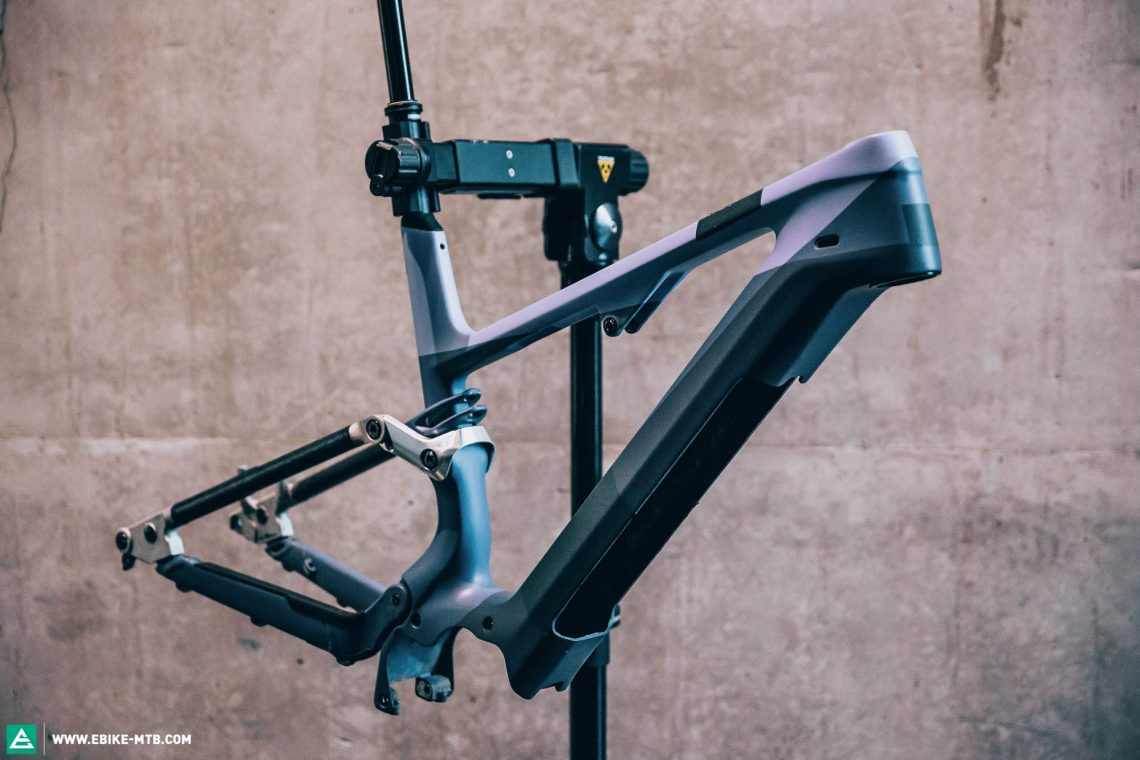
The demand for ebikes in 2020 has left the whole industry facing unforeseen challenges. In our article “Bike boom in a crisis” we’ve explained the advantages and disadvantages of this change. In the last few weeks, more questions and guides regarding DIY ebikes have been circulating on social media. But what are you actually allowed to do and what do you need to pay attention to if you want to convert or build your own ebike? A quick warning: to be able to describe everything accurately, it’s important to look at legal regulations as well as DIN standards and various guidelines in detail. This article will be informative and interesting, but a little complicated too.
“I built a Chinese EBIKE!!” That’s the headline that YouTuber Rob Hancill from Rob Rides EMTB uses for his video documenting how he built a cheap eMTB using Chinese parts. The video ignited furious discussion about what’s legal and what’s not. Through one of countless Chinese online sellers, Rob bought a frameset, matching headset, rear thru-axle as well as a BAFANG motor and battery, importing them all to Great Britain. Is that even allowed?

Ebike or pedelec, what are we talking about?
When we talk about an ebike, we mean the legal definition of a pedelec, which is classified as equivalent to a normal bicycle. As such, you don’t need a licence or insurance to ride one. The motor (with its nominal power limited to 250 W) supports the rider’s pedalling input up to a maximum speed of 25 km/h. Internationally, the term EPAC (Electrically Power Assisted Cycle) is also used. This is where it starts to get interesting. By adding a motor to a bike, it becomes a pedelec, for which different standards and rules apply. For example, the EU Machinery and EMC directives both apply to pedelecs. So, this article is about the kind of ebike you can buy at your bike shop, except one that you’ve built yourself. Illegal, chip-tuned ebikes won’t be discussed here.
By adding a motor to a bike, it becomes a pedelec, for which different standards and rules apply.
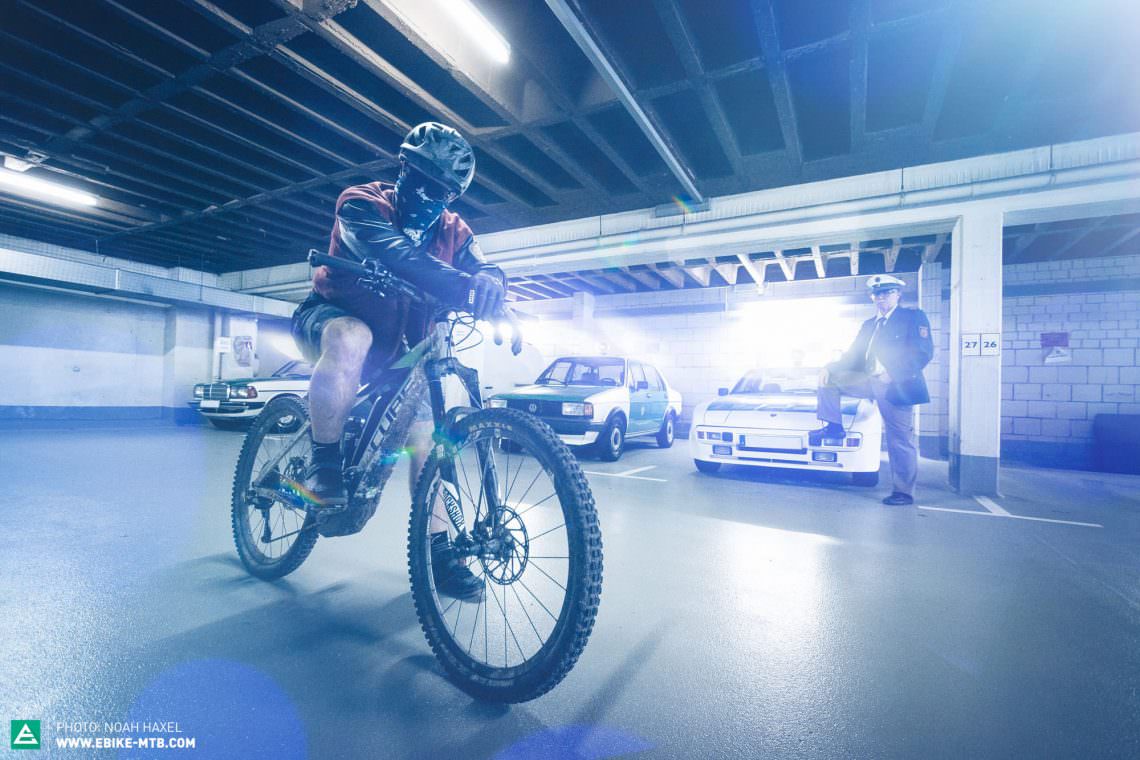
What does the german Zweirad-Industrie-Verband (ZIV) say about self-built ebikes?
We asked ZIV Managing Director, Ernst Brust, to give us some legal grounding. “Pedelecs that are built by private individuals for their own use and that are used on public roads also fall under the Machinery and EMC directives and have to be tested according to the DIN EN 15194-2017 standard. That also includes providing a CE mark for the pedelec.”

But what exactly does DIN EN 15194-2017 for ebikes encompass? What do you have to demonstrate when having a bike approved? Industry leaders including Zweiradmechaniker-Handwerk, velotech.de, VSF., Zedler Institute and ZIV have produced a document (German only) outlining what you need to know about retrofitting E-drives. In it, they list what is required to meet the standard and which documents must be provided:
- Risk analysis
- Bill of materials and disposal instructions
- Proof of operational stability of all safety-relevant parts
- EMC testing (Electromagnetic Compatibility) for the whole vehicle
- Proof of operational and electrical safety
- Printed original manual in local language
- Conformity assessment
- Declaration of conformity
- CE compliant nameplate
There are several possible legal consequences for retrofitting by a dealer or end-user:
- Committing regulatory or criminal offences
- Liability of the dealer for personal injury or damage to property
- Loss of public liability insurance cover
- Loss of licence to trade
- Consequences under competition law

Glossary – The most important terms explained
(German) Product Safety Act
The Product Safety Act ensures that every manufacturer guarantees the safety of their bikes during use, independent of any required standards. For eMTB manufacturers that means they have to exceed ISO 4210 and EN 15194. In doing so, the manufacturer has to orient themselves by the current scientific and technological development as meeting standards doesn’t automatically exempt them from liability claims.
Machinery Directive 2006/42/EC
Fundamentally, every pedelec that is sold in the EU has to have an EU conformity declaration. This is usually printed in the manual or provided as a separate document. Paragraph 2 (i) of this Directive clearly states, “[…] any natural or legal person who places on the market or puts into service machinery or partly completed machinery covered by this Directive shall be considered a manufacturer.” Put simply, that means that private individuals also have to stick to the Machinery Directive. If you meet its requirements, you are allowed to furnish the machine, in this case, the pedelec, with a CE mark. If you’re technically versed and want to read more about the topic, you can find out more about the Machinery Directive here.
Inside the EU, a pedelec built by an individual for private use also falls under the Machine and EMC directives and has to be tested according to DIN EN 15194-2017. That also applies to the transaction-free exchange of a self-built ebike, where gifting the bike counts as putting it on the market in the EU, with all the associated requirements. That includes a CE compliant nameplate on the pedelec. (Jens Müller)

EMC Directive 2014/30/EU
The 2014/30/EC Directive on Electromagnetic Compatibility (EMC) regulates almost all electric devices in the EU market. Manufacturers of equipment are obliged to prove via conformity assessment testing that the device meets requirements. In turn, they must produce technical documents, provide a manual of operation together with safety information and place the CE marking.
CE marking
CE marking is the responsibility of the manufacturer and only rarely is the product independently tested. In the first instance, this mark is a type of promise. It says that a product meets relevant EU standards and has been tested accordingly. Every bike that you buy online or in a shop must have a CE mark.
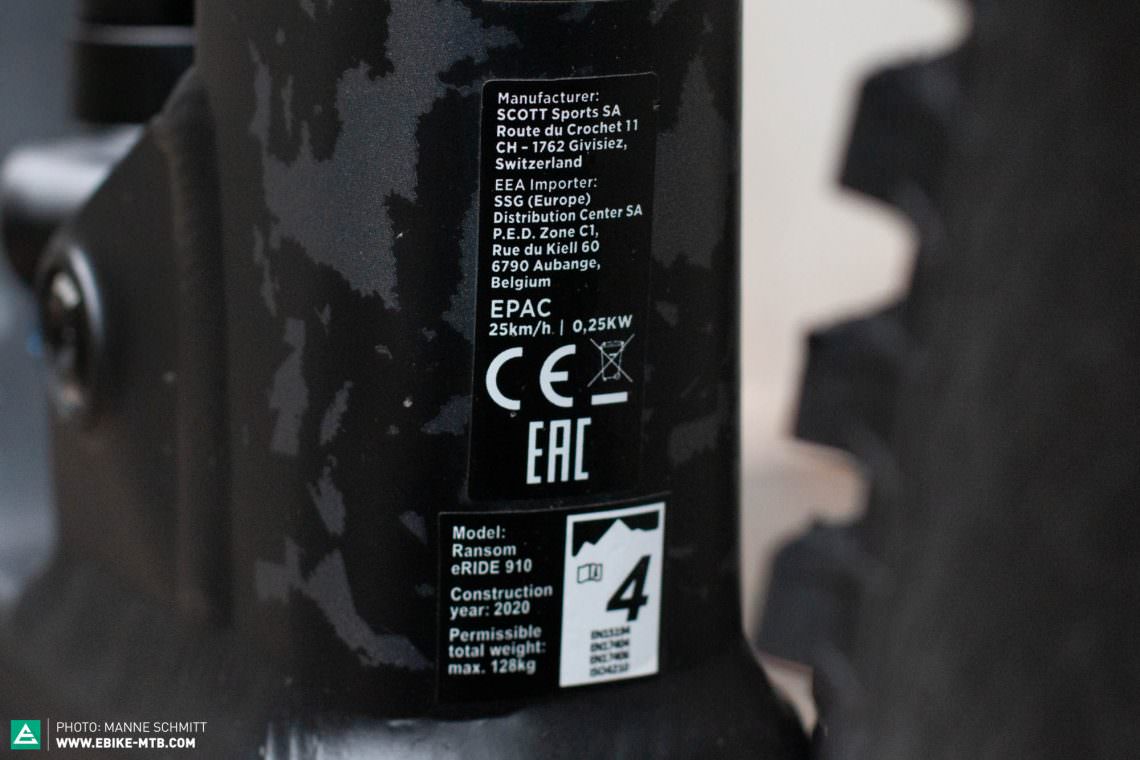
Conformity declaration
A conformity declaration is the manufacturer’s or importer’s way of demonstrating compliance of a product with EU directives and standards.
- The data required in the declaration varies depending on the type of product.
- Liability is usually assumed by the manufacturer.
- If the manufacturer or importer fail to provide a conformity declaration for their product, they can be fined up to € 30,000.
International standards
Two standards, ISO 4210 and EN 15194 apply to ebikes. Pretty much all frames and bike parts worldwide are tested and approved according to these standards.
- ISO 4210
ISO 4210 for bicycles (applicable in Europe and internationally) describes standardised tests that define the testing protocols for the industry. However, ISO 4210 assumes a maximum system weight (bike + rider + luggage) of 100 kg. - EN 15194
Alongside ISO 4210, EN 15194 additionally covers ebikes. EN 15194 applies to EPAC (Electric Power Assisted Cycles) which are equipped with pedals and an electric motor and that get used on public roads. EN 15194 also defines testing protocols, though with increased loads and a maximum system weight of 120 kg. However, this standard is based primarily on road and trekking bikes and is mainly intended to ensure that E-drives and components meet minimum requirements and work properly together.
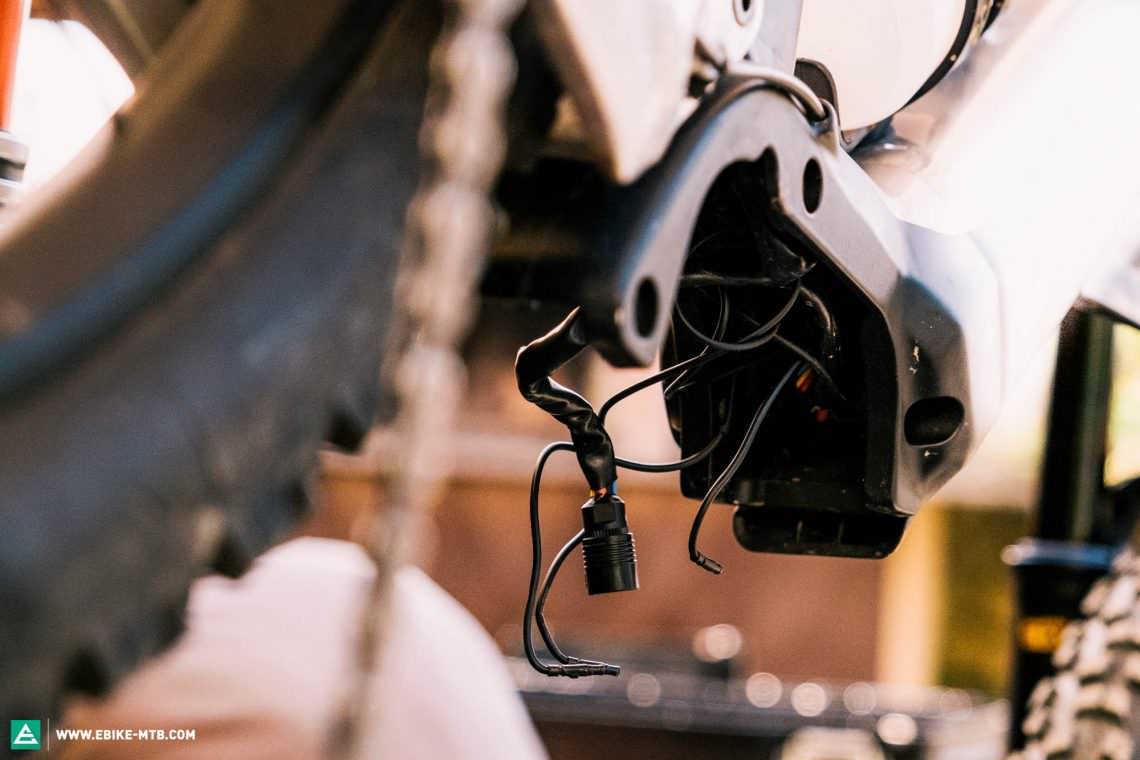
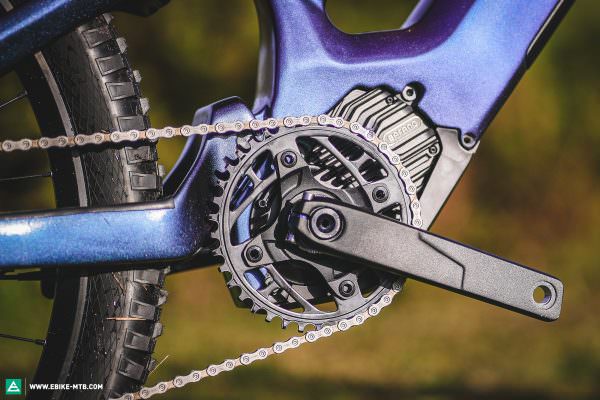

What options are there for self-built ebikes?
For this article we considered the following three scenarios in more detail:
- Converting a bicycle to an ebike with a retrofit kit.
- Building an ebike up yourself with a frameset.
- Building up an ebike from individual parts.
1. Converting an existing bicycle to an ebike with a retrofit kit.
If you can find a dealer who will convert your much-loved bicycle (for which ISO 4210 applies) to an ebike (for which EN 15194 will also apply) you’re off the hook because the dealer assumes liability for the conversion. Legally speaking, the dealer has created a new product and has to carry out all the certification mentioned above themselves. They’ll have to do that for every individual conversion they undertake. If they don’t then they take all risk on themselves and can be held fully liable. Even the best bike mechanic won’t be able to tell with absolute certainty whether a frame or components are suitable for a conversion. For older bikes, there are also factors like material fatigue and treatment of the bike that have to be considered. Any dealer countenances high risks doing this and should be aware of that fact.
We might have had many customer requests over the last few years but in the end, we decided not to offer conversions as legally, that would have turned us into manufacturers which has a whole string of consequences. (Marcus Heinz)

A further option is buying a conversion kit from your dealer or online and to do the work yourself. But here too you have to be aware that the person who converts their bike technically becomes the manufacturer of the machine. If you want to build a legal bike, then you’ll have to have your bike tested even as a private individual. Converted pedelecs all have to meet the requirements of Machinery Directive 2006/16/EC.
Tip: Check first whether upgrading your bicycle to an ebike is even worth it. For sporty eMTBs we have our doubts and buying a bike used is surely the more sensible option. You can find out everything you need to know in our buyer’s guide.
2. Building an ebike frameset up yourself
Significantly more elegant, but also more expensive, is the option of buying a frameset from a manufacturer like Specialized. Having decided on what you want, you’ll get a frame including a motor, battery and shock already fitted. Then you’ll just have to add wheels, brakes, fork, bars and other components to complete the build.
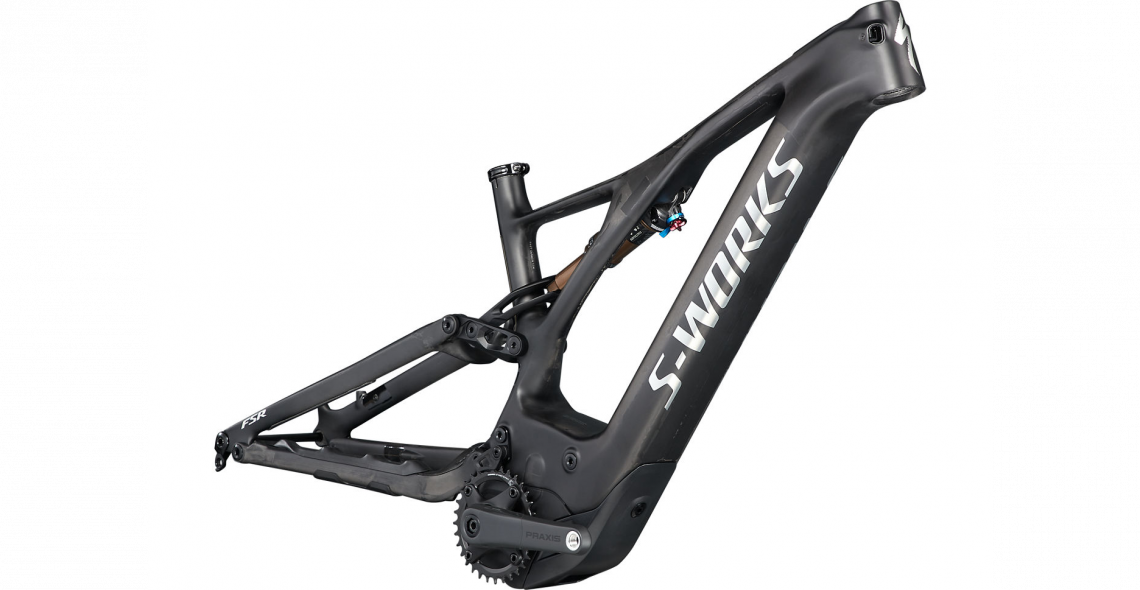
The S-Works Turbo Levo frameset can be purchased from Specialized for € 5,999. We talked with Dominik Geyer, Leader Global Turbo Business at Specialized, about what you have to consider when buying a Levo frameset to build your own ebike.
E-MOUNTAINBIKE: Do you receive an EC conformity declaration and a CE mark with the purchase of a frameset?
Specialized: Yes. We sell the frameset as an “incomplete machine” with all required technical documentation and a declaration of incorporation. A CE mark isn’t required here.
E-MOUNTAINBIKE: Is a Specialized Owners Manual provided too?
Specialized: Yes. This serves as a guide for our customer’s own documentation and as a reference for possible builds.
E-MOUNTAINBIKE: What does a customer have to be aware of when buying the remaining parts for their frameset?
Specialized: The customer has to make sure that the components are compatible with the frameset and that they are suited to the intended use of the complete bike.
E-MOUNTAINBIKE: Having assembled CE-marked components, has the customer fulfilled the requirements of the Machinery Directive or do they have to do anything else?
Specialized: The customer just has to make sure that the complete bike conforms to the clauses of the currently applicable directives and that the conformity assessment has been carried out according to them.

Tip: Individualising your own eMTB might be exciting, but for anyone who isn’t a handy mechanic or doesn’t have the right tools we recommend buying a complete bike, especially as any cost savings will be limited.

3. Building up an ebike from individual parts
Are you allowed to build up your own ebike? Yes, in principle you’re allowed to build anything you want. If you want to be able to ride on public roads legally with it then, as mentioned previously, you have to conform to the Machinery Directive even as a private individual. However, not sticking to the standards (see glossary) generally doesn’t lead to sanctions for private parties, an obvious grey area. What’s important is that you don’t exceed the 25 km/h assistance limit and that the bike doesn’t ride faster than 6 km/h using a throttle/push-assist without pedalling. Otherwise, the bike would count as a motor vehicle and be regulated under much stricter guidelines. When building a bike yourself you have to know which motor you want to use as it has to fit the frame. Unfortunately, you’ll quickly reach the limits of this venture when trying to buy the motor. The big players like Bosch, Shimano, Brose, Yamaha, FAZUA, Mahle and TQ don’t sell their motors directly to end-consumers.
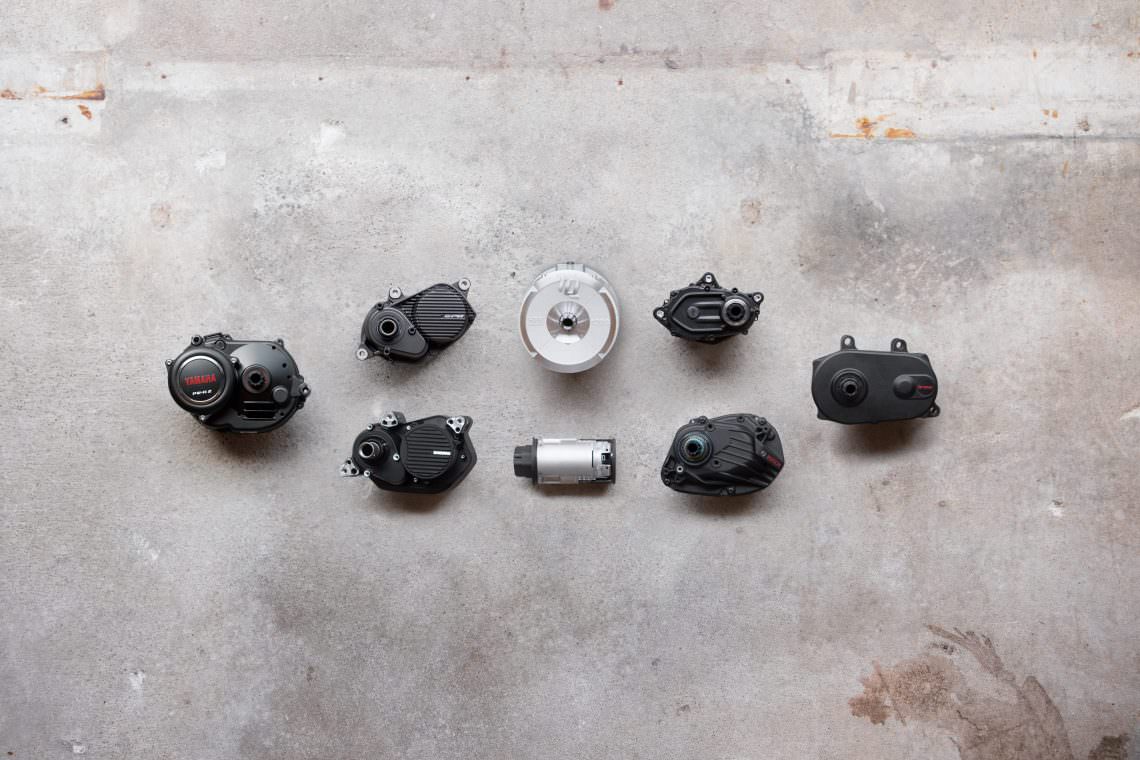
The only option remaining is importing from Asia, like Rob Hancill from ROB RIDES EMTB ended up doing for his video. He ordered a BAFANG motor via an online dealer in China. In response to our question, Katherine Ma from the BAFANG marketing team in Shuzu, China made it clear that BAFANG doesn’t sell motors directly to end-customers. So, if you buy a motor in China, whichever source it may come from you will have to turn to the seller directly for guarantee and warranty claims when it comes to Bafang’s Warranty Policy.
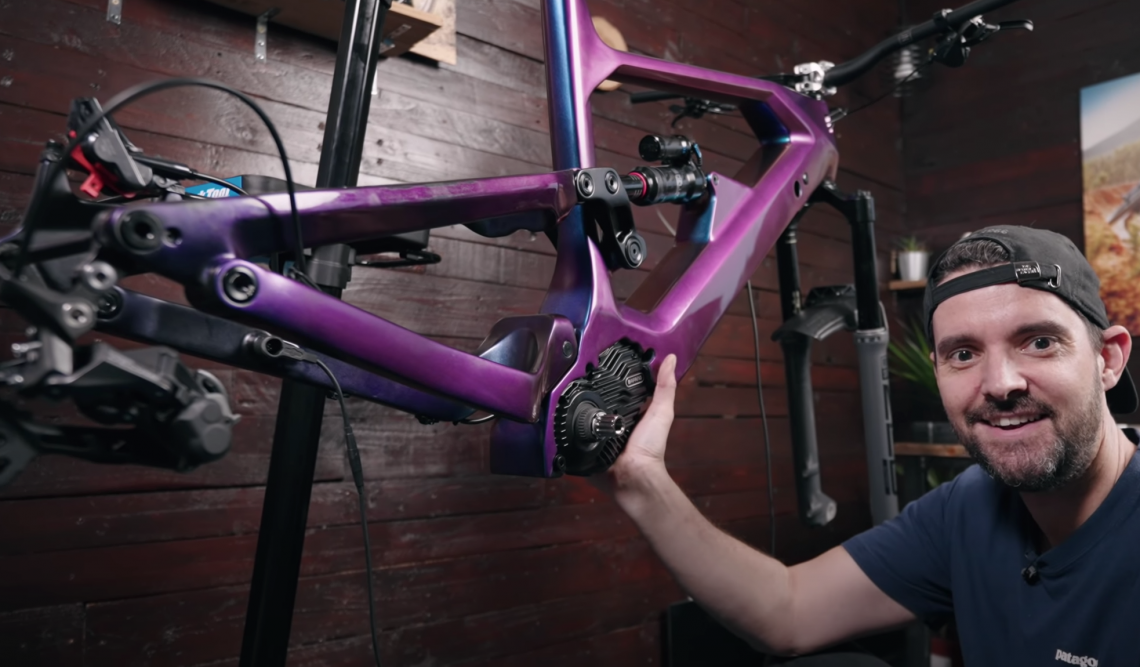
Having obtained a motor, you have to be sure that the frame you buy also has the corresponding mount. In addition, the battery has to be compatible with the motor and the charger. The so-called system package has to be right. It should be obvious that building an ebike yourself requires quite a bit of knowledge and know-how. Not everyone will be technically capable of building their own eMTB and a particular concern is assembling everything so that it actually works and there aren’t safety-critical errors. Be aware: most ebikes covered in the media as going up in flames and causing damage were self-built bikes.
As such, it’s especially important to pay attention that every part you buy comes with a CE mark. Take care when importing things yourself, for example from China. If customs inspect your product and don’t find a CE mark, the product will be returned or destroyed at the cost of the customer.
Tip: Building an ebike yourself might be appealing for some but the significant obstacle of no big-brand manufacturers making their motors available directly to end-customers means we would advise against a self-build from individual parts.

What do testing and a CE mark cost?
So what do you need to do to be able to operate a pedelec legally on public roads? We asked Marco Brust, Managing Director of velotech.de, a renowned testing institute in the cycling industry. According to him, the following must be met:
- (German) Product Safety Act
- Machinery Directive
- EMC Directive
- Low-voltage Directive
To test a complete bike (the complete vehicle and individual parts) the cost is around € 20,000 to € 25,000. EMC testing alone costs around € 3,000, meaning the idea of saving any money is immediately invalidated. So, if you’re searching for a cheap bike, you’d be better off looking at our budget group test than building an ebike yourself. Adding in the costs for a CE mark and testing the bike, affordable and legal eMTBs aren’t a realistic prospect.

Will personal liability insurance pay out in the event of damage or loss with a self-built ebike?
What legal consequences could there be in the event of damage or loss with a self-built ebike? We got in touch with the Director of Communication for Property Insurance for ALLIANZ Deutschland, Christian Weishuber, to clear up this question.
E-MOUNTAINBIKE: An individual builds their own ebike from available components (frame, motor, battery, wheels etc.) with motor assistance up to 25 km/h. According to the EU Machinery Directive, the individual is the manufacturer of the ebike and is responsible for the testing needed to obtain a CE mark. However, this CE mark is not present and this ebike causes damage or loss. Will this be covered by personal liability insurance?
Christian Weishuber: A missing CE mark doesn’t automatically mean a loss in coverage for personal liability insurance.
For the situation described it depends on the underlying policy, the circumstance of the damage (who is at fault), the claim and the condition of the eMTB. Our old policies don’t provide cover for the use of motor-powered vehicles (which also encompasses pedelecs up to 25 km/h). With new personal liability contracts, the use of powered vehicles that are not subject to compulsory insurance is covered. Here the damages caused by the use of a pedelec (up to 25 km/h) are insured too.
For fines or costs related to retrospective approval, insurance cover is not provided.
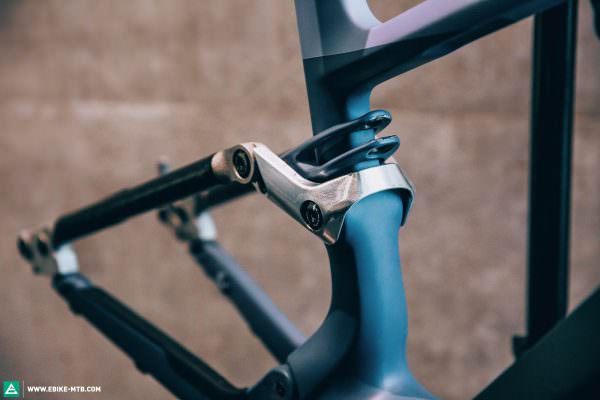

According to our correspondence with ALLIANZ, personal liability insurance will cover third-party liability for a self-built ebike even if it doesn’t conform to norms and standards like the conformity declaration, CE mark etc. In a followup call, they confirmed that personal liability insurance will cover third-party liability even due to gross negligence. Important: it’s crucial to check what cover insurance providers offer on an individual basis! A general enquiry isn’t usually enough. It’s best to have your current policy inspected as the terms can vary depending on when it was created/how old it is.
In contrast to dealers, end-customers are still in a grey area when it comes to liability. However, that doesn’t give you carte blanche. The circumstances of the damage (who is at fault), the claim and the condition of the ebike all play a role. That’s why insurance providers will investigate individual claims – so there is still a risk. Apart from that, with a self-built ebike, there are no guarantees regarding product liability in case something does happen.
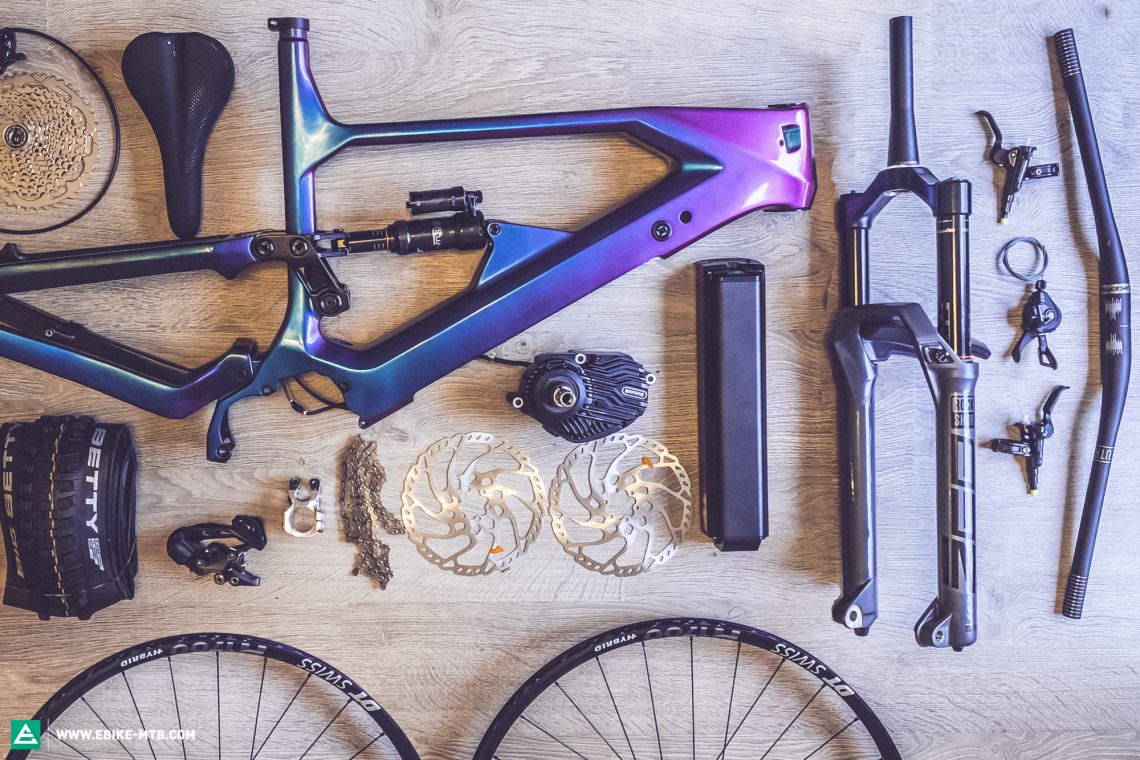
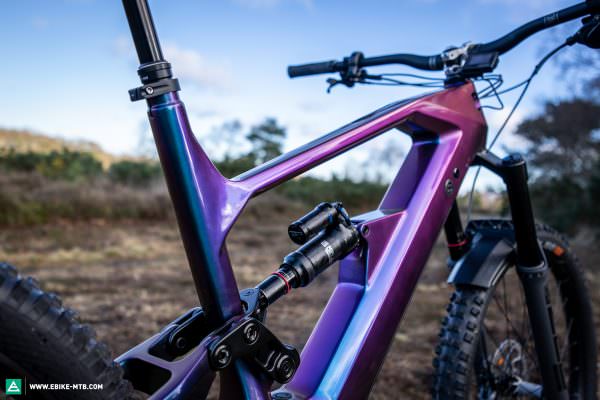
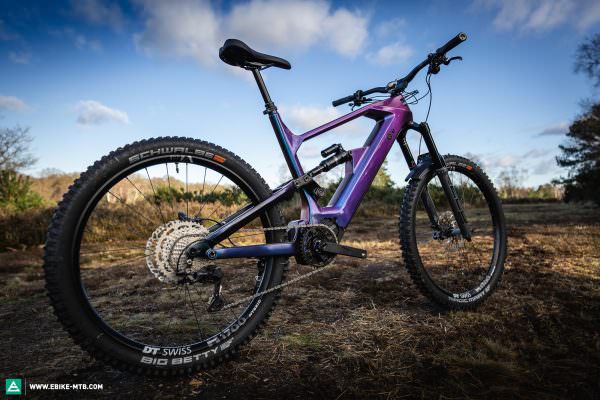
Personal imports of ebike motors or conversion kits from Asia
We only want to touch on the topic of customs and duty briefly. Fundamentally, postal or courier deliveries from a non-EU state have to pay customs duty. We talked with Jürgen Wamser, Deputy Press Officer for the Department of Taxation in Bonn, about imports from China.
E-MOUNTAINBIKE: Do parts ordered from China (frame, battery and motor) have to have a CE mark when they are imported and does this also apply to personal imports?
Jürgen Wamser: If a company from a third country (non-EU) sends a product to a private person in the EU as part of its business, this person is responsible for sticking to the European product safety regulations. During import, customs controls these shipments and if it believes that any regulations are being broken, will inform the relevant market regulators. Customs is not able to draw any conclusions about the legally stipulated product requirements. That’s what market regulators are responsible for.
E-MOUNTAINBIKE: What happens if the CE mark is missing or fake?
Jürgen Wamser: If the market regulator decides that a product can’t be allowed to enter the market, generally the only consequence for personal imports is that the item is returned or destroyed.
E-MOUNTAINBIKE: Are you aware of any cases where bike parts imported from China were seized by customs due to a missing CE mark or other infractions?
Jürgen Wamser: There are no statutory provisions for customs to seize products that don’t conform to product safety regulations. The item will either be returned or destroyed. Statistics on this are not collected.
If you want to get more detailed information about ordering products online from non-EU states, you can find out more on the customs website.

Conclusion
Is it worth building your own ebike? If you ride your self-built ebike without a CE mark you’re not conforming to current rules and regulation. In contrast to dealers, the consequences for private individuals sit in a legal grey area and private liability insurance will often cover you – depending on your individual policy. In terms of the ebike, you won’t have access to the big brands when it comes to selecting a motor and building a perfectly tuned, trail-worthy ebike would require a lot of technical know-how. So, if you don’t want to tinker but want to ride, leave building eMTBs to the pros. If you dare to build an ebike yourself nonetheless, be warned: the supposed cost savings might quickly become a buzzkill!
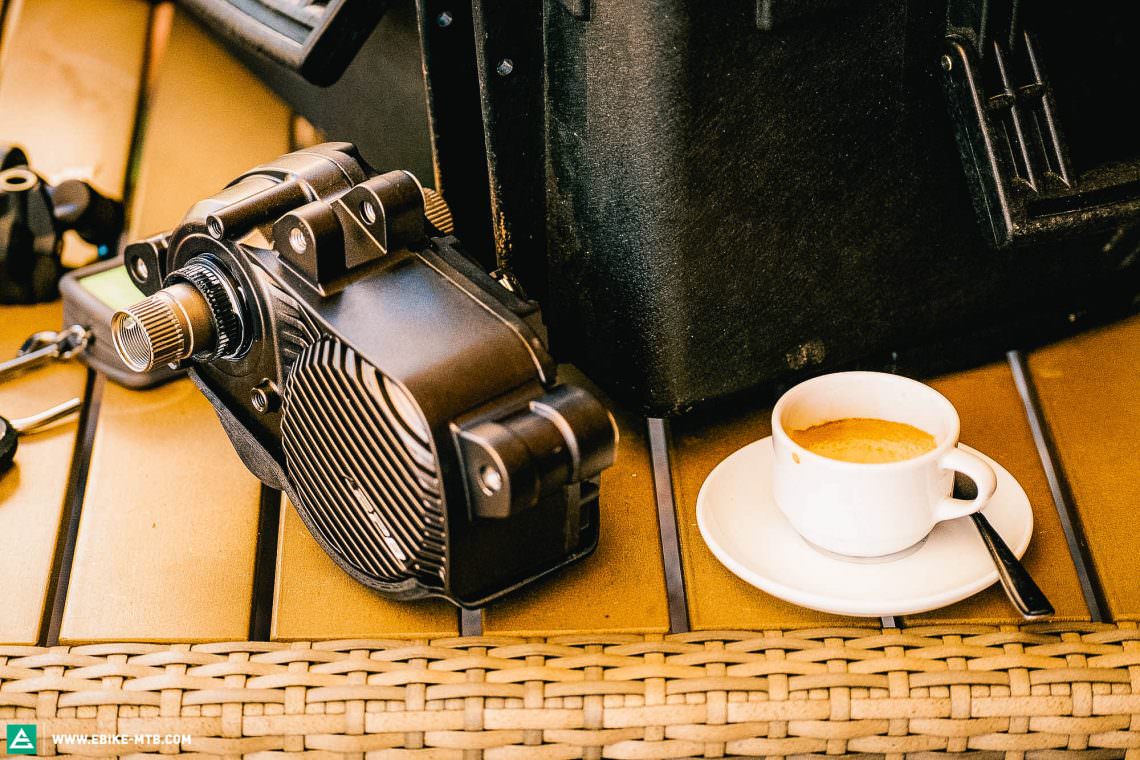
Did you enjoy this article? If so, we would be stoked if you decide to support us with a monthly contribution. By becoming a supporter of E-MOUNTAINBIKE, you will help secure a sustainable future for high-quality cycling journalism. Click here to learn more.
Words: Manne Schmitt, Susanne Feddersen Photos: Rob Hancill, E-MOUNTAINBIKE Magazine, diverse









